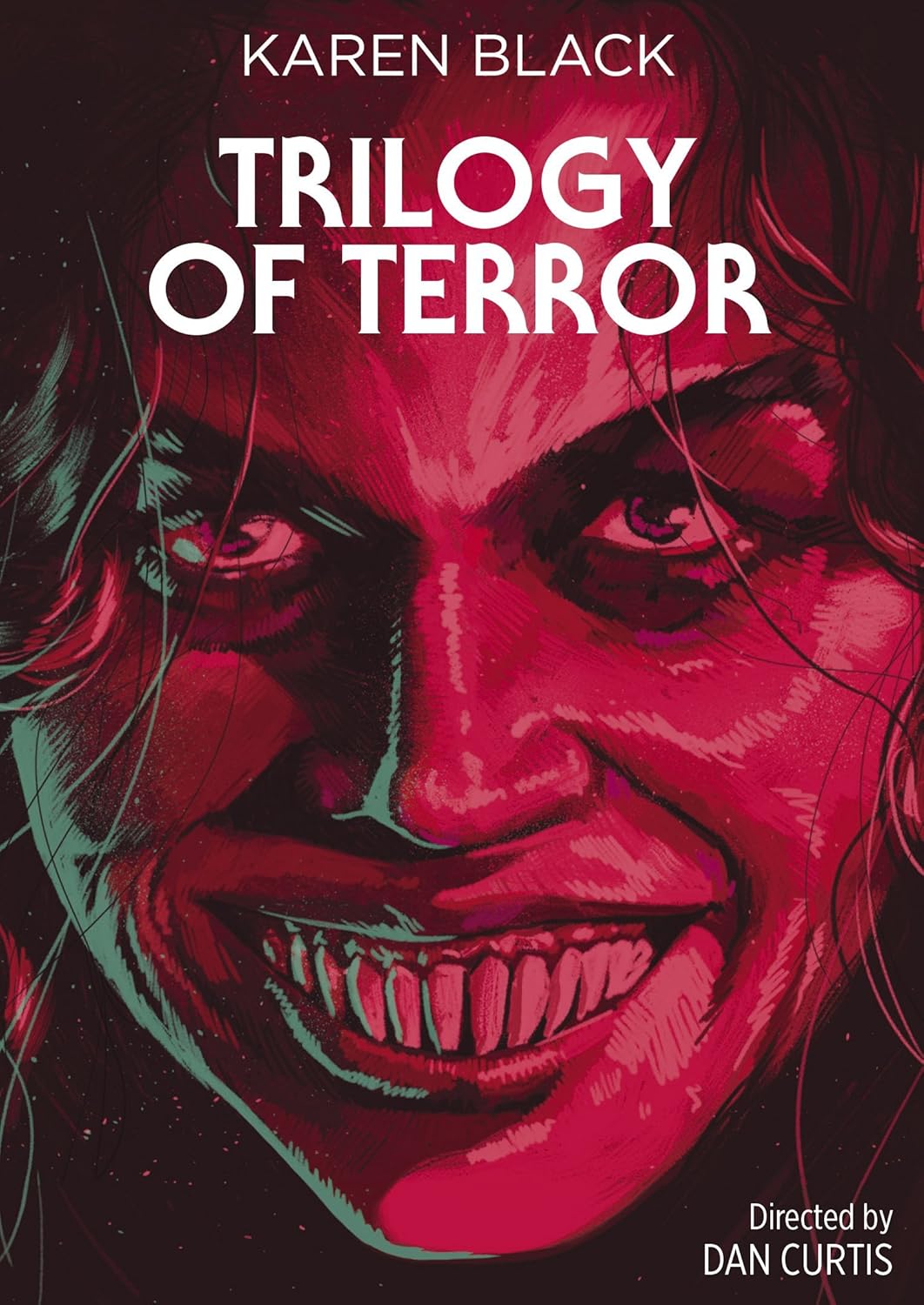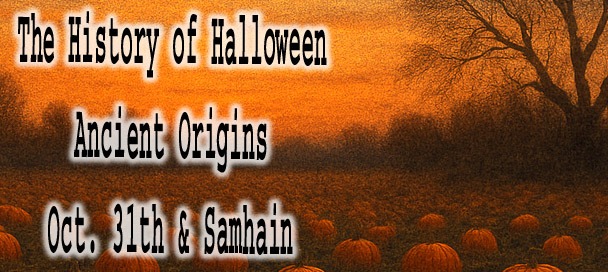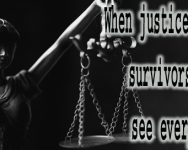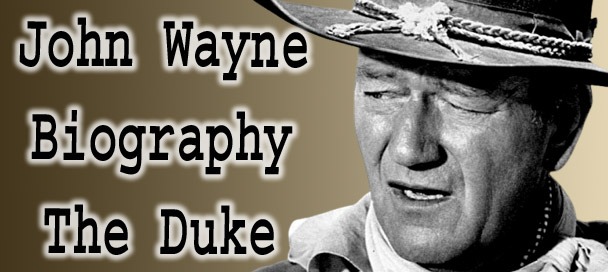🎬 Karen Black: Fearless, Unfiltered, and Unforgettable

Karen Black in a photo from 1977
Karen Black didn’t play it safe on screen or off. With those striking eyes and a voice that could flick from seductive to chilling in seconds, she made a career out of being unpredictable.
Karen Black (1939–2013) was a fierce, unfiltered, unforgettable actress who made a career out of being unpredictable. She gained notice with Easy Rider (1969), then earned an Oscar nomination for Five Easy Pieces (1970) and never let go of parts that rocked stability. Her work spanned horror, arthouse, grindhouse, and mainstream cinema: Trilogy of Terror (1975) gave her cult-status, while films like The Day of the Locust, Airport 1975 and House of 1000 Corpses proved she was never boxed in. Karen Black remained defiant, creative, and deeply human right up until the end always choosing the strange, the fragile, the real.
She didn’t fit the mold of a traditional Hollywood starlet, and that’s exactly why she stood out. Whether she was sharing scenes with Jack Nicholson or being stalked by a killer doll, you couldn’t look away.
Emerging in the late ’60s and ’70s, Black quickly became a go-to for directors looking for something real, raw, and a little offbeat. She wasn’t just acting she was inhabiting every cracked corner of her characters.
Her range was wild. Drama, horror, comedy, arthouse, grindhouse she did it all, and usually stole the show while doing it.
She didn’t aim to comfort she aimed to disturb, to be raw, to push against every glimmer of expectation.
👶 Early Life
Karen Blanche Ziegler was born on July 1, 1939, in Park Ridge, Illinois, just outside of Chicago. Her mother was a writer, her father an architect, and creativity ran deep through the household. She showed early signs of artistic leanings writing poems, singing, acting in school plays but there was also a restless streak, a sense that the normal path wasn’t going to cut it.
She studied theater at Northwestern University but dropped out before graduating, drawn more to experience than textbooks. She made her way to New York, where she trained at the Actors Studio and took work wherever she could off-Broadway, odd jobs, voice work anything to keep one foot in the craft.
Karen eventually dropped her birth name and took her grandfather’s last name, becoming Karen Black. She liked the sound of it. Sharper. Stronger. A little mysterious.
Her first roles came slowly, but when they did, she brought something different to the table. Not polished. Not cookie-cutter. Just real. The kind of energy that makes casting agents stop flipping through resumes.
Explore the Biographies of Iconic Celebrities
🎬 Film and TV Career
Karen Black exploded onto the big screen at a time when Hollywood was cracking open messy, emotional, unpredictable and she fit it like a glove. Her breakout came in Easy Rider (1969), where she played one of the two prostitutes alongside Peter Fonda and Dennis Hopper. It wasn’t a huge role, but it was enough to make audiences take notice. Her big swing followed just a year later in Five Easy Pieces (1970), where she starred opposite Jack Nicholson. As Rayette, the waitress with big dreams and sad eyes, she delivered a performance that earned her an Oscar nomination and a Golden Globe win. That role put her on the map.
From there, she stayed busy intensely busy. She played opposite Anthony Perkins in Pretty Poison, shared the screen with Donald Sutherland in Robert Altman’s Nashville, and turned heads again in The Great Gatsby (1974), where she played Myrtle Wilson with the kind of reckless heartbreak only she could pull off.
It was The Day of the Locust (1975) where she really stretched. Cast as Faye Greener a talentless, fame-hungry actress who’ll do anything to “make it” Black dove headfirst into the role. That film, based on Nathanael West’s brutal novel, featured a stacked cast: Donald Sutherland, Burgess Meredith, William Atherton, and Geraldine Page. And Karen didn’t just hold her own she gave the movie its pulse. Faye was cringey, tragic, infuriating, and utterly unforgettable.
Black also dipped into the western genre with A Gunfight (1971), starring opposite Kirk Douglas and Johnny Cash. It’s not a film that gets talked about often, but her presence there playing the quietly powerful woman behind the scenes of two aging gunmen shows her range. She wasn’t just doing horror and counterculture oddities; she could hold her own in dusty saloons, too.
And then there’s the horror. Oh, the horror. Karen Black became a queen of cult cinema thanks in large part to her legendary performance in the TV anthology Trilogy of Terror (1975). In the final segment, she played Amelia, a woman terrorized in her apartment by a Zuni fetish doll that comes to life with a bone knife and a taste for blood. That 20-minute sequence became iconic, and Black played both the terror and eventual possession with such commitment it still gives people nightmares.
She kept the horror streak going with Burnt Offerings (1976) opposite Oliver Reed and Bette Davis, and later in Rob Zombie’s House of 1000 Corpses (2003), where she fully leaned into her cult-icon status as the deranged Mother Firefly. She shared the screen with cult favorite Sid Haig, whose Captain Spaulding became just as unforgettable as Black’s twisted Mother Firefly. She also popped up in Airport 1975, Capricorn One, and Come Back to the Five and Dime, Jimmy Dean, Jimmy Dean never letting herself be boxed into one genre.
Television loved her too. She made guest appearances on Murder, She Wrote, The Love Boat, Miami Vice, and ER, among others. No matter the decade, no matter the budget, Karen Black brought intensity, fragility, and that wonderfully odd unpredictability that made you watch just a little closer.
She never really stopped working. From arthouse to grindhouse, soap operas to stage plays, her career was a collage of strange, wild, and beautiful choices just like the woman herself.
📺 Trilogy of Terror – Karen Black’s Creepiest Cult Classic
Karen Black takes center stage and then some in this unforgettable 1975 TV horror anthology that helped define an entire generation’s nightmares.

Karen Black in her most iconic horror role times four.
Directed by genre legend Dan Curtis (Dark Shadows, The Night Stalker), Trilogy of Terror brings together three eerie tales penned by Richard Matheson (I Am Legend) and William F. Nolan (Logan’s Run), with Karen Black tackling four completely different roles across the segments.
In “Julie,” she’s a timid professor turned avenger. In “Millicent and Therese,” she plays twin sisters locked in psychological warfare. But it’s “Amelia” that made horror history, where Black’s showdown with a wild-eyed, knife-wielding Zuni fetish doll became one of the most iconic TV horror scenes ever aired. The film’s final freeze frame? Nightmare fuel.
The supporting cast features George Gaynes (Tootsie), John Karlen (Dark Shadows, Cagney & Lacey), and Gregory Harrison (Trapper John, M.D.), but make no mistake this is Karen Black’s film from start to finish. Her performances here proved she could dominate an entire anthology by sheer force of talent and presence.
This Special Edition DVD includes a brand new 4K restoration, new and vintage commentary tracks, interviews, two featurettes, and newly commissioned artwork that pays tribute to the film’s legacy.
🕊️ Later Years
Karen Black never faded. Even as mainstream roles thinned out, she stayed in motion writing scripts, taking indie roles, performing onstage, and saying yes to the kind of projects that most actors wouldn’t touch. That was her style. She didn’t chase fame she chased the work.
In the ’80s and ’90s, she popped up in unexpected places. She took supporting roles in genre fare like Mirror, Mirror and Children of the Night, and had a cameo in the experimental The Invisible Kid. She acted in dozens of low-budget films, sometimes in blink-and-you-miss-it parts, but she never treated them like throwaways. Whether it was a microbudget horror movie or a student film, she still gave the scene something strange and memorable.
Her most high-profile late-career turn came in House of 1000 Corpses (2003), Rob Zombie’s over-the-top love letter to exploitation cinema. As Mother Firefly, Black reveled in the grotesque, chewing scenery with a wicked gleam that reminded horror fans exactly why she was a legend.
Outside of acting, she wrote songs, penned screenplays, and staged one-woman shows. She wasn’t nostalgic. She wasn’t trying to relive the ’70s. She was always working toward something.
In her final years, Black was public about her battle with cancer, using her platform to raise awareness and connect with fans. Even when illness took her voice and strength, she remained creatively restless, scribbling notes, dreaming up characters. She passed away on August 8, 2013, at the age of 74, but her final credits kept rolling in long after because Karen Black never really stopped.
🏆 Legacy
Karen Black’s legacy isn’t about being conventional it’s about being unforgettable. She never chased stardom the way others did. She let the weird roles find her, and when they did, she made them hers completely. Whether she was playing a broken dreamer, a Southern waitress, or a screaming woman battling a killer doll in a studio apartment, she brought something raw and deeply human to every role.
She was nominated for an Oscar, sure, but awards barely scratch the surface. Karen Black became a symbol of 1970s cinema at its most honest and unhinged. She gave us characters that weren’t polished or glamorous, but real flawed, strange, and alive.
In horror circles, she’s royalty. Trilogy of Terror alone earned her a permanent place in genre history, and her turn in House of 1000 Corpses made sure younger audiences knew her name too. Filmmakers from Rob Zombie to Quentin Tarantino have praised her fearlessness, her unpredictability, her refusal to play by the rules.
But more than anything, Karen Black left behind a body of work that defies easy labels. Drama, horror, cult, mainstream she dipped into all of it, but never let any of it define her. She wasn’t trying to be your favorite actress. She was just trying to be honest on camera. And she was. Every single time.
🗣️ Why They Still Matter
Karen Black still matters because she embodied risk in performance. She didn’t hide behind glamour; she exposed complexity. Her characters cracked—by desire, sickness, fear—but they rarely surrendered. In an age of easy fear and polished horror, she gave us real discomfort, messy humanity, and a reminder that strength includes vulnerability.
Further Reading & Resources
📖 Read: An Interview with Karen Black – RogerEbert.com
🔍 Explore: Karen Black – Trilogy of Terror Interview

ML Lamp is the owner of Kilroy Was Here. After his 20 years of working in Las Vegas in the entertainment promotions field, Mr. Lamp retired in 2002 from his job to pursue his passion for collectibles. Now as a guest speaker and author he’s living the dream, and sharing his warmth with You.





